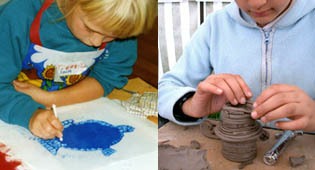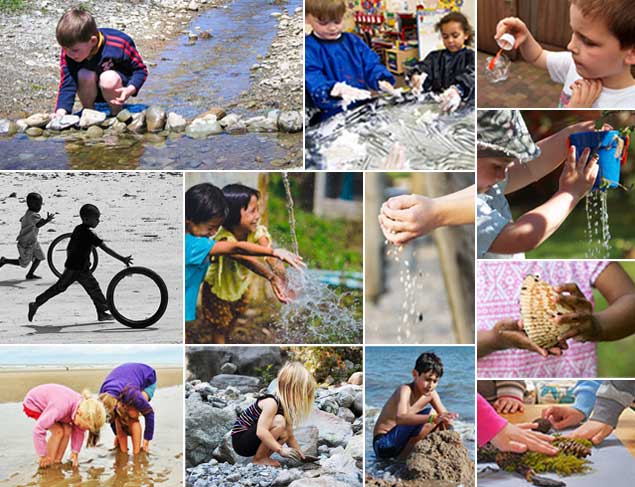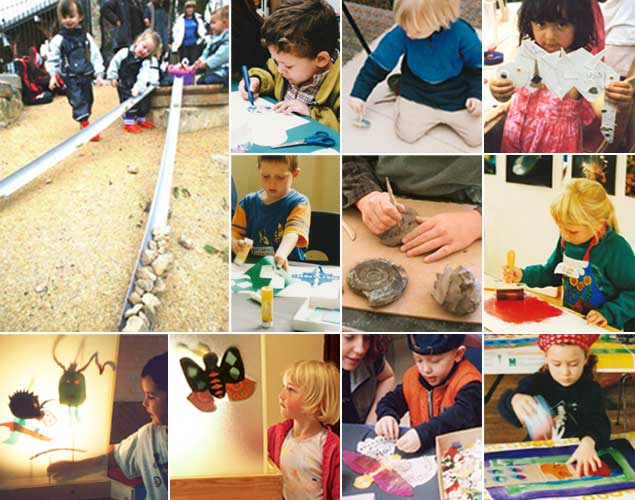











a historical perspective
Observation, trial and error
If we look at present day people who continue to live in ancient nomadic traditions of hunter gathering, such as those living in the forests of New Guinea, they can shed light on how practical knowledge is maintained and passed on. Jared Diamond discusses the development of technology and invention in different tribal societies in his book and BBC series 'Guns, Germs, and Steel' (publ. 1997 and broadcast 2009):
"They carry in their minds the detailed knowledge of hundreds of plant and animal species .... they know dozens of rock types in their environment and each type's hardness, colour, and behaviour when struck or flaked, and their uses.
All the knowledge is acquired by observation and by trial and error. When they go into new areas away from their home they constantly pick up unfamiliar things in the forest, tinker with them, and occasionally find them useful enough to bring home.”
resource link > Jared Diamond: Guns, Germs, and Steel
This is an example of how people have always learned through open-

learning through play and trial and error -
Pre-
The Reggio Emilia preschool approach, (pioneered in northern Italy) takes this idea of learning by experience further -
In the book: 'In the Spirit of the Studio -
"…children use their minds and hands to act on a material, using gestures and tools, and begin to acquire skills, experiences, strategies, and rules. Structures are developed within the child that can be considered a sort of alphabet or grammar...
Children acquire a large spectrum of knowledge about materials, and this gives them the chance to use [these] different 'alphabets' in their individual process of representation and give shape to their own ideas.
In this view, materials are vehicles for expressing and communicating, and are part of the fabric of children's experiences and learning processes, rather than separate products."
who is this? > Loris Malaguzzi -

using materials to express ideas, understand processes, and acquire skills
what do we mean -
• there is special knowledge and understanding to be gained by making things
• childhood plays a vital part in this innovative process
a historical perspective
• observation, trial and error
• origins of maths
• patterns and geometry
facing the future
growing concerns
• Neil MacGregor
• Sherry Turkle
• Seymour Papert